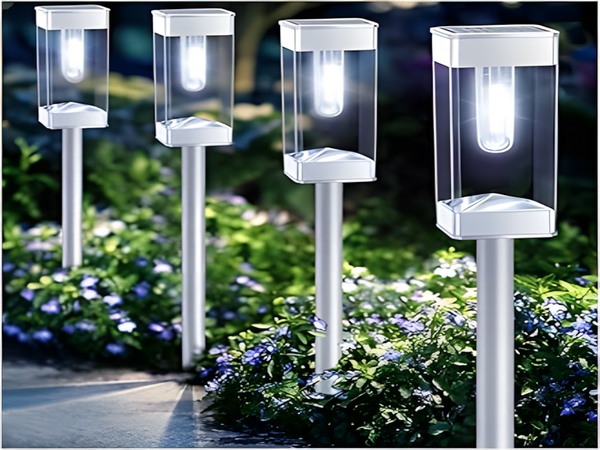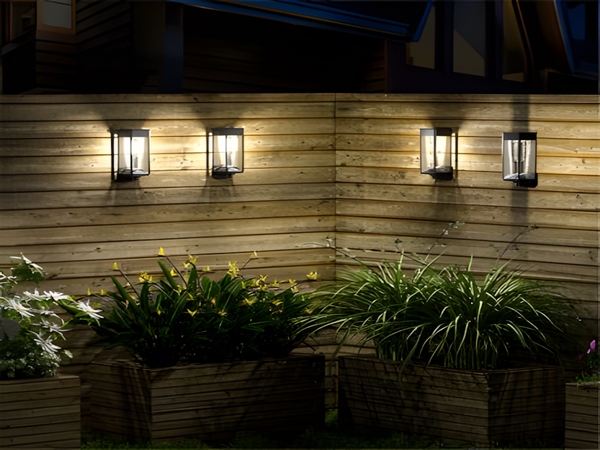
The LED solar garden lights provide energy primarily from solar radiation. The solar panels collect sunlight during the day, converting it into electrical energy stored in batteries, which illuminates the roads at night. This enhances safety and convenience for nighttime travel, extending the hours for nighttime activities. Additionally, the LED solar garden lights beautify the roads, making them visually appealing. They can be widely applied along roads, in residential areas, industrial parks, parks, and garden corridors, facilitating daily life while showcasing a striking yet slightly retro character.
Nowadays, many solar garden light manufacturers use LED light sources as they offer high luminous efficiency, serving as replacements for incandescent lamps, fluorescent lamps, metal halide lamps, and high-pressure sodium lamps. The installation of solar garden lights requires minimal wiring and no manual operation, making them safe, energy-efficient, stable, and reliable, with the flexibility to adjust layouts as desired. Additionally, they can smartly control nighttime illumination automatically.
1. The lifespan of LED light sources can reach up to 50,000 hours. They emit light through semiconductor chips, making them resistant to shock and not easily breakable, as they do not contain glass components.
2. The light from solar garden lights is healthy, free from ultraviolet and infrared radiation, and does not produce radiation. It does not cause environmental pollution or damage.

3. Solar garden lights can convert 90% of electrical energy into light energy, characterized by high luminous efficiency and low heat generation.

4. They feature an environmentally friendly design, free of harmful elements and electromagnetic interference, making them suitable for recycling.
5. They operate on direct current, preventing flicker and protecting vision. They also can independently manage the charging and discharging of the batteries, with built-in protections for the solar energy storage batteries.
6. They have a high safety factor, posing no safety risks, making them suitable for use in hazardous locations such as mines.



